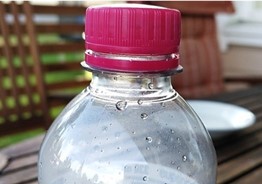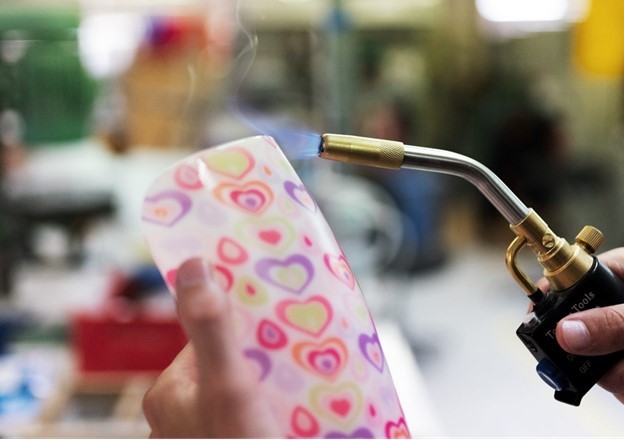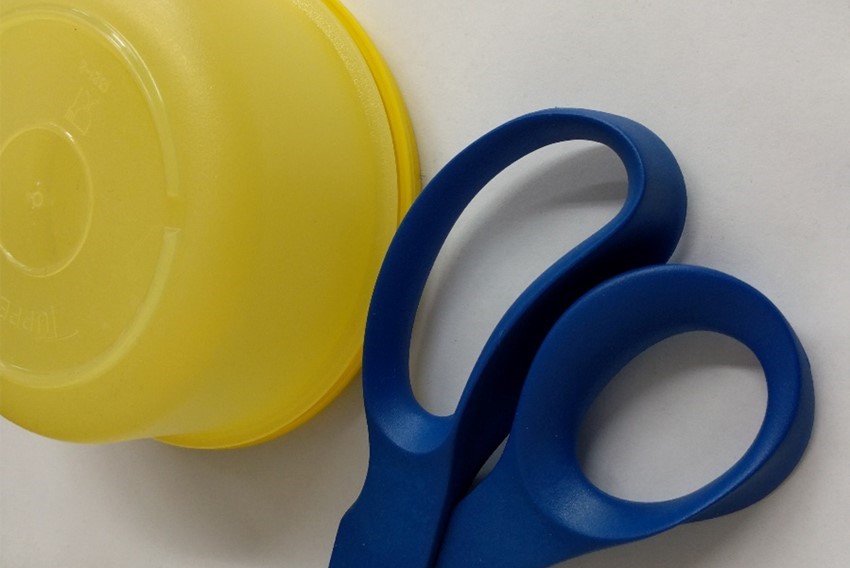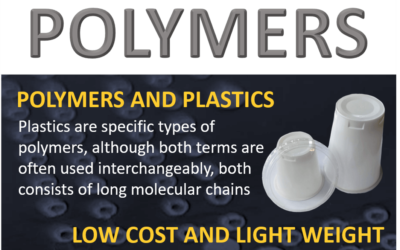Polymers and plastics enable the way of living we have nowadays. They have many advantages, but they are also much more complicated materials than metals and ceramics. Still, metals and ceramics are often replaced with plastic as they tend to be lighter and cheaper. You can check the general properties of polymers from our earlier infographic.
The number of commercial plastics available in the market and the amount of variation in their thermal properties is naturally huge, but there are a couple of basic terms related to thermal limits of polymers you should remember and understand while selecting a material for your product. These include thermoset, thermoplastic, crystalline and amorphous structures, and glass transition (Tg) and melting (Tm) temperatures.
Polymers are either thermoplastics or thermosets
 Thermoplastics have long polymer chains, bonded together by weak secondary bonds. These materials can be re-melted and re-solidified several times which make them useful for recyclable products such as plastic bottles. In industrial products they are often used for example in various product casings due to their easy malleability.
Thermoplastics have long polymer chains, bonded together by weak secondary bonds. These materials can be re-melted and re-solidified several times which make them useful for recyclable products such as plastic bottles. In industrial products they are often used for example in various product casings due to their easy malleability.
Thermosets form a cross-linked structure after curing. Because of this three-dimensional network structure, the material remains permanently solid and cannot be re-melted. Thermosets are practical materials for example for glues and coatings and in applications in which heat-resistance is important.
As a rule of thumb, thermosets have better chemical resistance, dimensional stability, strength and lower coefficient of thermal expansion (CTE) compared to thermoplastics.
For thermoplastics it is also important to know whether they have crystalline or amorphous structure, since it can significantly affect their properties. In practise, full crystallinity is impossible to achieve, and crystalline thermoplastics are often called semi-crystalline polymers.
Thermosets are amorphous. They cannot crystallize because of their cross-linked structure.
What has all this to do with thermal limits of plastics?
Polymers have various thermal parameters, of which glass transition temperature (Tg) and melting temperature (Tm) are the most important ones to understand when considering the thermal use limits of plastics. Melting temperature is easy to understand, but glass transition is somewhat more complex.
At Tg the amorphous parts of polymer will change from a rigid to rubbery form. In other words, when amorphous polymers are heated up to their Tg, they will soften or melt.
Whether the critical thermal limit is Tg or Tm depends on the plastic
- Is polymer thermoset or thermoplastic?
- Is it amorphous or semi-crystalline?
- What is the degree of crystallinity?
Thermosets
For thermosets, Tg is generally considered to be the upper use temperature limit. Above Tg, mechanical properties often weaken, and the coefficient of thermal expansion (CTE) rapidly increases. However, cross-linked structure supports the material, and therefore thermosets can sometimes be used at temperatures above their Tg. Short exposures to temperatures above Tg do not necessarily harm thermoset materials but may be important for their usability.
Thermoplastics
For amorphous thermoplastics, Tg is the upper temperature limit. For these materials the loss of mechanical properties at elevated temperatures is dramatic due to their internal structure.
For semi-crystalline thermoplastics, there are two thermal limits. At Tg their amorphous parts will soften. If the plastic has high level of crystallinity, amorphous parts soften, but the crystalline part holds the plastic piece together. When the material is heated further, the crystalline regions will melt at Tm and the polymer melts completely.

Softening point at relatively low temperature can also be beneficial as it enables processing and modification of plastic parts at fairly low temperatures.
It is also good to remember that both Tg and Tm are not single temperatures, but temperature ranges. However, often a single temperature instead of temperature range is given in the data sheets. This temperature is typically the middle point of the range, and therefore the softening may already start several degrees lower than stated in data sheet.
So, it is important to know what kind of polymer you are dealing with when deciding at how high temperature it can be exposed to. It is also good to notice that other factors may affect the thermal limits of plastics. One example is humidity which may markedly decrease glass transition temperature value.




